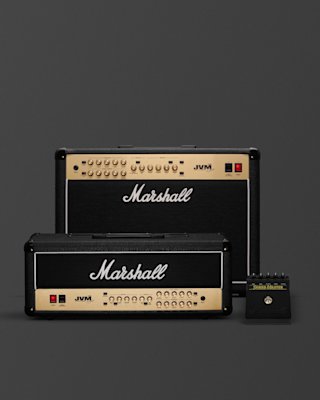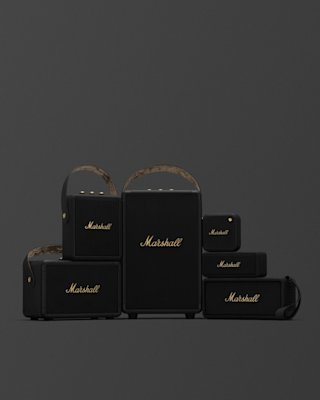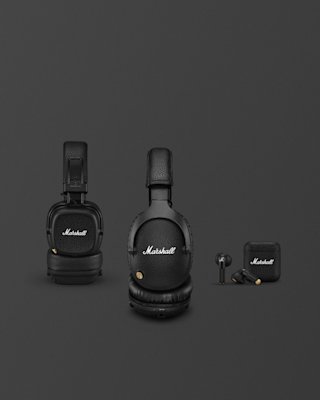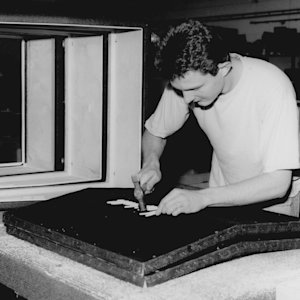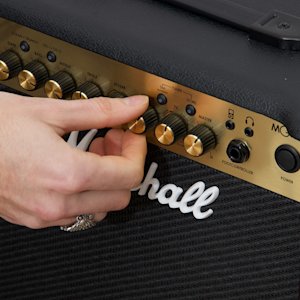
Middleton II has arrived
Get yoursAmplify your movies & music
Meet Heston 120 – our monumental TV soundbar with immersive, centre stage sound.
DISCOVER HESTON 120Music comes alive at night with Midnight Blue
Discover our range of Midnight Blue headphones and speakers, capturing the power of music after dark in a new colour.
Shop the range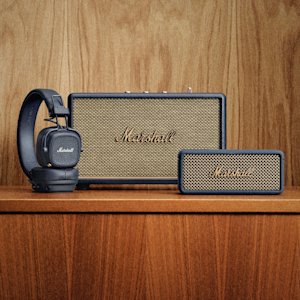
Give it up for Kilburn III
Legendary sound, inside & out. Our latest portable speaker will keep you going all weekend.
Study loud for less
Get back to the books with iconic Marshall headphones and speakers. Enjoy the rich, unrivalled sound you’ve come to expect, for less.
Shop saleMade in the UK
When Marshall first started shaping the sound of rock ’n’ roll in the ‘60s, our amps were proudly built in Bletchley. Decades later, some of our most iconic amps are still crafted in the same factory.
Learn moreBeginner guides to kickstart your guitar journey
Whether you're choosing your first beginner guitar amp or learning the basics, our beginner's hub has everything you need to start your guitar journey and unlock your full potential.
Learn more hereDream Nails: A bold new punk force
This London trio have quickly become a standout force in British punk, evolving from DIY beginnings to a heavier, boundary-pushing sound. Their music inspires hope and explores deeper emotions, with community at its core.
Discover more

